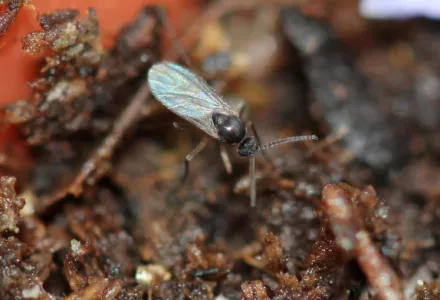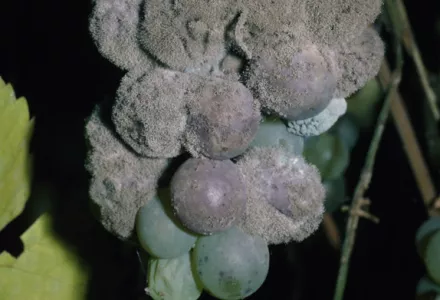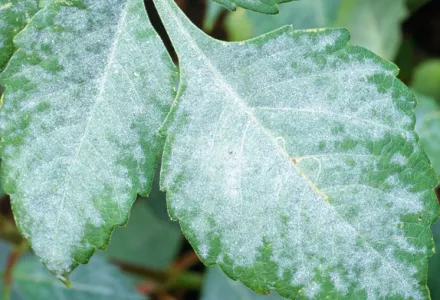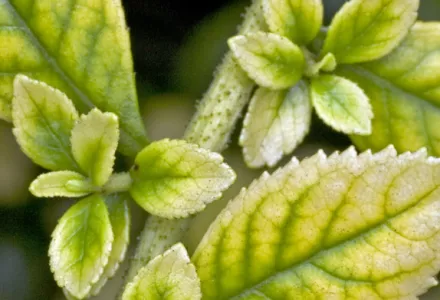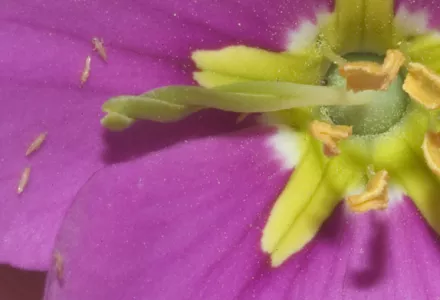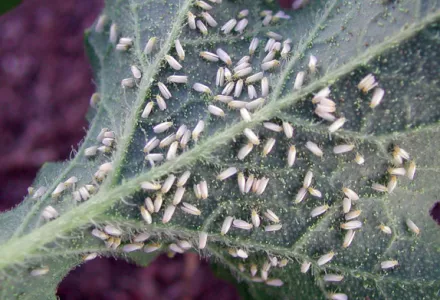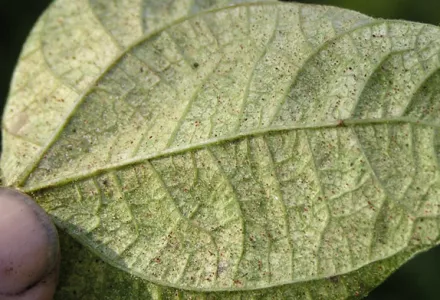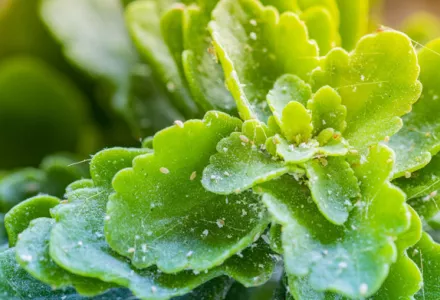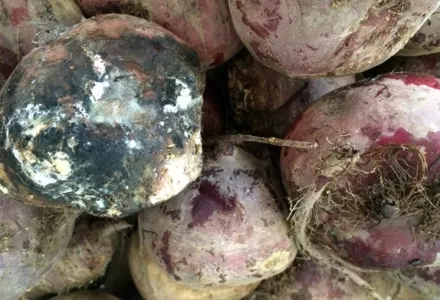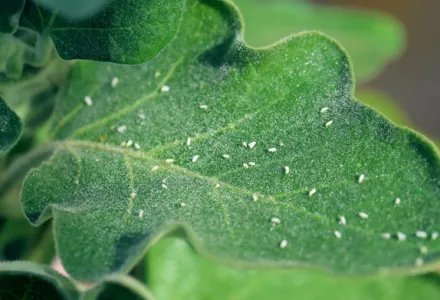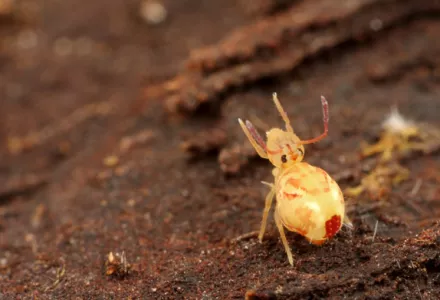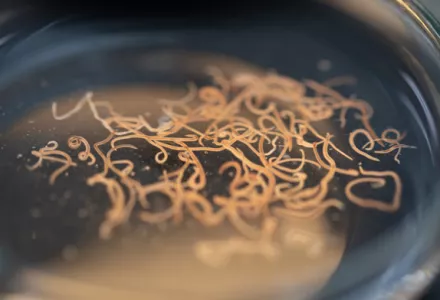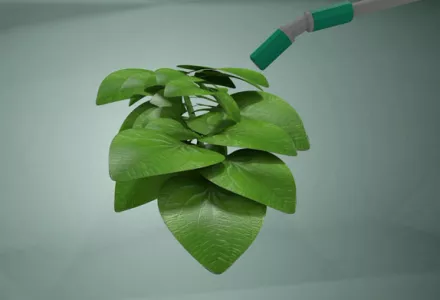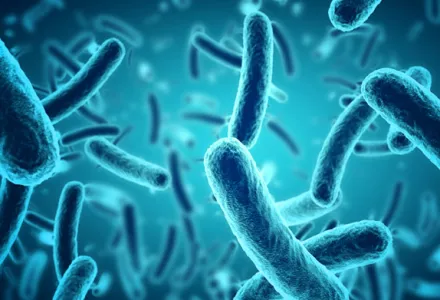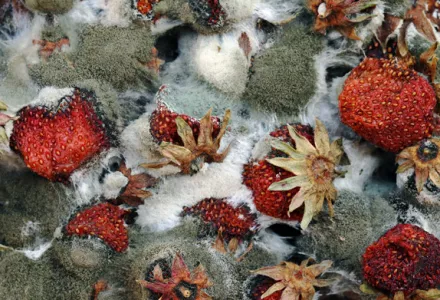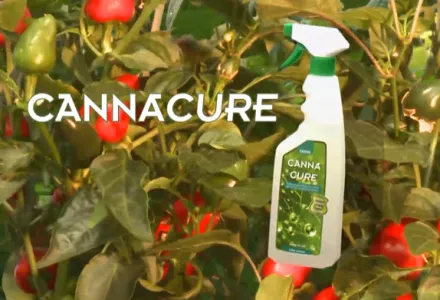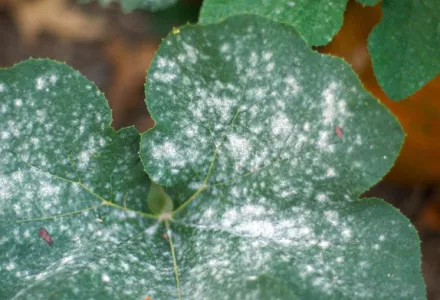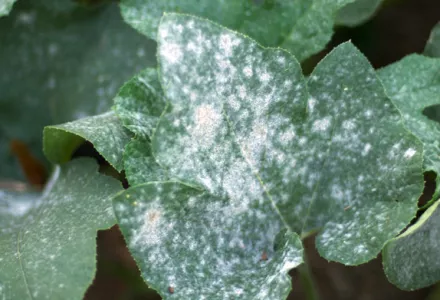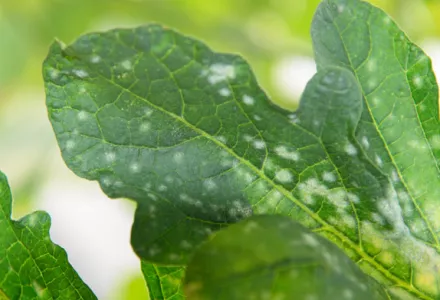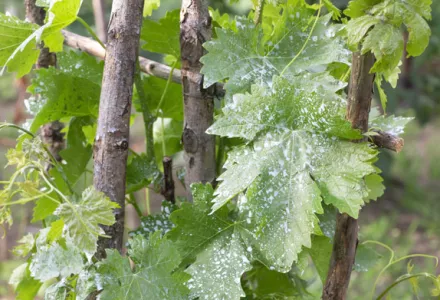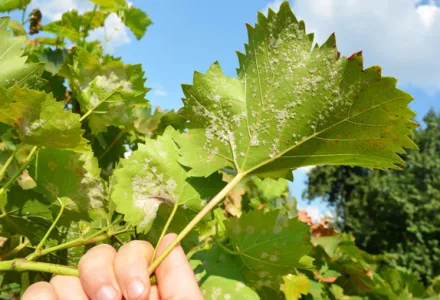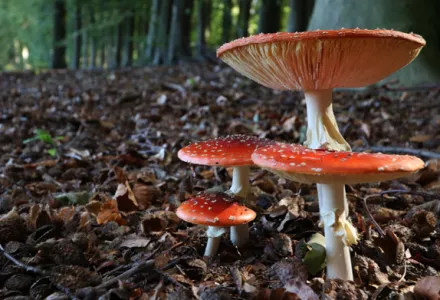There are various ways of controlling pests and diseases. The two most important and widespread methods are biological and chemical, but there are major differences between these two methods. This article will explain the background and principles behind each method, as well as the differences between them.
Chemical control
Chemical pesticides are often used to control diseases, pests or weeds. Chemical control is based on substances that are toxic (poisonous) to the pests involved. When chemical pesticides are applied to protect plants from pests, diseases or overgrowth by weeds, we speak of plant protection products. It is of course important that the plant that needs protection does not itself suffer from the toxic effects of the protection products.
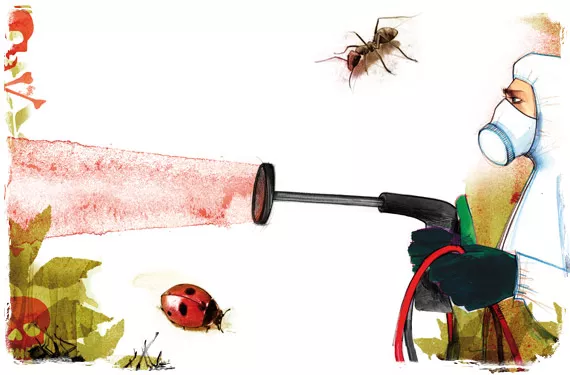
Efforts to protect crops started centuries ago. The Chinese, in around 1200 BC, used lime and wood ash to destroy parasites. The Romans used sulphur and bitumen, a substance derived from crude oil. Substances such as nicotine from tobacco were used from the 16th century on and later copper, lead and mercury as well. After the Second World War the use of true chemical pesticides started and nowadays there are hundreds of chemical pesticides available for use in agriculture and horticulture.
Pesticides are grouped into five main categories depending on the purpose they are usually applied for. The first group are the fungicides, which are act against fungi. Then there are herbicides which are used against weeds. Herbicides are taken up by the leaves or the roots of the weed, causing it to die. Insecticides that, as the name suggests, destroy harmful insects, and then there are acaricides which protect plants from mites. Finally there are nematicides to control nematodes that attack the plants.
The advantages and disadvantages of chemical pesticides
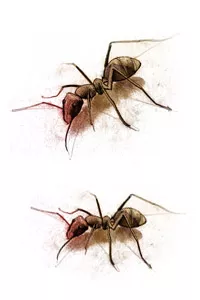
The use of chemical pesticides is widespread due to their relatively low cost, the ease with which they can be applied and their effectiveness, availability and stability. Chemical pesticides are generally fast-acting, which limits the damage done to crops.
Chemical pesticides have some major drawbacks, but they are still widely sold and used. We will discuss four of the disadvantages of chemical pesticides here. First, chemical pesticides are often not just toxic to the organisms for which they were intended, but also to other organisms. Chemical pesticides can be subdivided into two groups: non-selective and selective pesticides. The non-selective products are the most harmful, because they kill all kinds of organisms, including harmless and useful species. For example, there are herbicides that kill both broad-leaf weeds and grasses. This means they are non-selective since they kill nearly all vegetation.
Selective pesticides have a more limited range. They only get rid of the target pest, disease or weed and other organisms are not affected. An example is a weed killer that only works on broadleaf weeds. This could be used on lawns, for example, since it does not kill grass. These days, a combination of several products is usually required to control several pests because almost all permitted products are selective and thus only control a limited range of pests.
Another disadvantage of chemical pesticides is resistance. Pesticides are often effective for only a (short) period on a particular organism. Organisms can become immune to a substance, so they no longer have an effect. These organisms mutate and become resistant. This means that other pesticides need to be used to control them.
A third drawback is accumulation. If sprayed plants are eaten by an organism, and that organism is then eaten by another, the chemicals are can be passed up the food chain. Animals at the top of the food chain, usually predators or humans, have a greater chance of toxicity due to the build-up of pesticides in their system. Gradually, however, this effect is becoming less relevant because pesticides are now required to break down more quickly so that they cannot accumulate. If they do not, they are not permitted for sale.
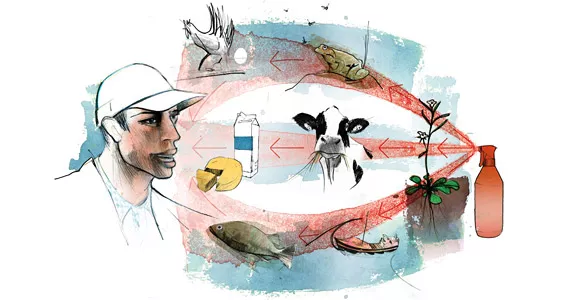
The last and most significant threat relates to the remains or residues of pesticides which are left behind on the crops. Residue may be consumed on fruit or vegetables, for example, and for this reason crops may not be sprayed close to harvesting. Alternatively, the remains of pesticides may soak into the soil or groundwater and the contaminated water might then be used to spray the crops or be drunk by animals.
In short, there are various ways of minimizing the adverse environmental effects of pesticides: use selective pesticides (which do not harm beneficial organisms significantly); choose a pesticide that breaks down quickly; take care when spaying crops so that there is no drift to other crops.
Biological control
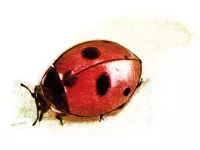
Biological controls consist of three different parts;
- Macrobials
- Microbials
- Biochemicals
All three of these will be explained in brief.
Biological control using natural predators or parasites (macrobials)
Biological control is no fad. In China in the fourth century B.C., ants were used as the natural enemy of pest insects, and in South China today ants are still used to control pests in orchards and food stores. The usefulness of parasites was discovered much later. Most parasites are insects, such as parasitic wasps (Encarsia formosa), which during the egg, larva and pupa stages live in or on a host. The complicated life cycle of these insects was first described in the early 18th century by Antonie van Leeuwenhoek. However, it would be many years before their potential use in pest control was discovered. In 1800, Erasmus Darwin, the father of Charles Darwin, wrote an essay on the useful role that parasites and predators may play in combating pests and diseases.
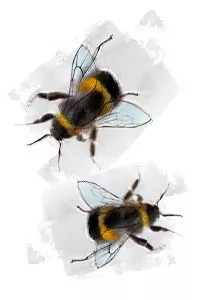
Biological control assumes that natural predators or parasites are able to suppress pests. Initially, therefore, natural enemies were imported to control the pests. These natural predators were released in small numbers, but once they became established they were effective in the long term. This method is also called inoculation. When the natural predator is introduced periodically, it is known as inundation.
There are two groups of beneficial macrobial organisms: predators and parasites. Parasites are organisms that live at the expense of another organism, such as the larvae of parasitic wasps, which live in the larva of whitefly and eat them from the inside. Predators are organisms that simply prey on other organisms for food, such as ladybirds, which eat aphids.
Some examples of commonly used macrobials are; Phytoseiulus persimilis against the red spider mite, Encarsia formosa against whitefly and Neioseiulus cucumeris against thrips.
Biological control using micro-organisms (microbials)
Several beneficial micro-organisms can also be used to improve plant health and control pests and diseases. Bacteria, fungi and other micro-organisms can have these effects because they compete for nutrients or space, they produce antibiotics or they simply eat other harmful micro-organisms.
Microbials can also be used preventively because they can make the plants healthier and stronger. When this happens, plants are not attacked by pests or diseases or are affected less by them. This kind of pest control is not visible.
Some examples of commonly used microbials are; Trichoderma and Bacillus subtilis.
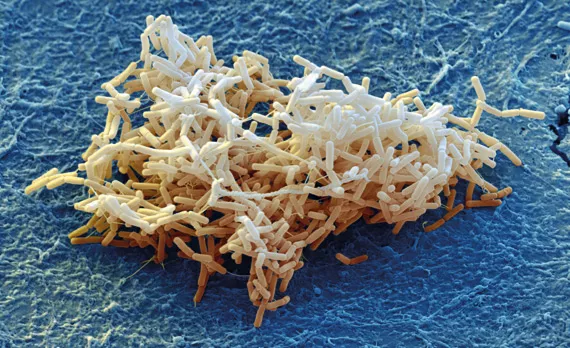
Biological control using resources of natural origin and pheromones (biochemicals)
In addition to macro-organisms and micro-organisms, there are also resources of natural origin and pheromones which can be used to control pests and diseases. This category is very wide, including plant extracts, vitamins and plant hormones. These also work preventively to make plants strong and healthy. The pheromones are used to lure the pest (insects) into a trap. Sex pheromones and aggregating pheromones are the most commonly used types.
The advantages and disadvantages of biological control
Biological control, just like chemical control, has advantages and disadvantages. We will mention three major advantages here, as well as several disadvantages. The first advantage is that the natural enemy can become established and this will produce long-term results. The risk of resistance is also much lower since pests cannot build up resistance to being eaten. Natural pest control is very targeted and therefore an effective way to control particular pests.
The disadvantages of biological control are that natural enemies may move away. In greenhouses this problem can be managed, but not in open fields. Spreading over a larger plot also takes time. In the second place, pests are never destroyed completely because the natural enemy needs to stay alive and they will therefore never destroy the entire population. Finally, it is not possible to use them before the pest has occurred and this means that some damage will be done to crops.
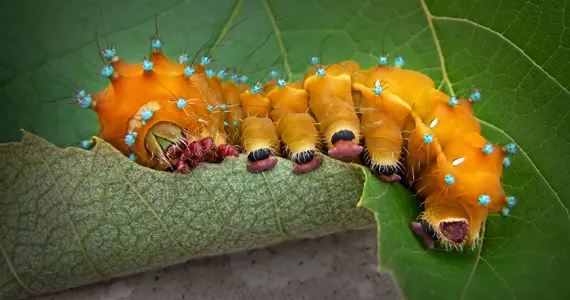
Some biological applications are not completely harmless either. Although these are natural products, other organisms than those targeted may be harmed. A natural enemy may also damage the crop, especially when large numbers are needed to control a pest.
The effect of natural enemies is also less pronounced than chemical control. So if the biological method does not work, a higher dosage of chemical pesticides is required, because the pest already is widely spread.
Finally there are no natural methods for the control of viruses others than removing the affected plants.
Just like chemical control, biological control is constantly under development because new pest organisms (insects, fungi, bacteria) appear and organisms mutate. Products that provide biological control through chemicals of natural origin are classified as plant protection products, just as pesticides are, and so they also have to meet strict requirements. This category of ‘plant protection products’ can also be rather expensive as a result.
Conclusion
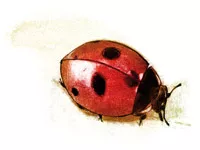
Many people oppose the use of chemical plant protection products, but is this realistic? If you find yourself not feeling well, would you take an aspirin?
Horror stories about birds falling dead from the sky after eating sprayed insects are, fortunately, history. There are strict rules about which pesticides may be used on which crops. There are regulations not only about which products are allowed, but also at what dosage, and about how and when to use them. There are also strict checks.
The introduction of bumble bees to pollinate crops has made it necessary to use less pesticide. Most growers use Integrated Pest Management, which is described as follows: “the careful consideration of all available pest control techniques and subsequent integration of appropriate measures that discourage the development of pest populations and keep pesticides and other interventions to levels that are economically justified and reduce or minimise risks to human health and the environment. Integrated Pest Management emphasises the growth of a healthy crop with the least possible disruption to agro-ecosystems and encourages natural pest control mechanisms.”
In both cases the grower should have enough knowledge to control the pests and diseases. Firstly he has to identify the pest. Then he has to know how it spreads and what kind of damage it causes. The next step will be to find out if biological control is possible, which method to use, the amount that should be used and the conditions needed to be effective. Or, alternatively, which pesticide to choose, how to use it and which restrictions apply. In addition to chemical and biological control, interest has also been growing in recent years in the possibility of controlling pests using biotechnological methods. In that case, no substances or natural enemies are used on the crop, but the crop is genetically altered in such a way that it produces substances that make it unattractive to insects or even toxic to them. The plants thus repel insects themselves.
There is pressure from supermarkets and governments to use biological controls instead of chemical pesticides. But the conclusion of this article is that there are no perfect solutions. It depends on the situation, the crop, the knowledge of the growers, even the weather conditions and the stage of development of the crop. There is no perfect solution. There are only advantages and disadvantages. In all cases it is important to use to control the method in the correct way.

